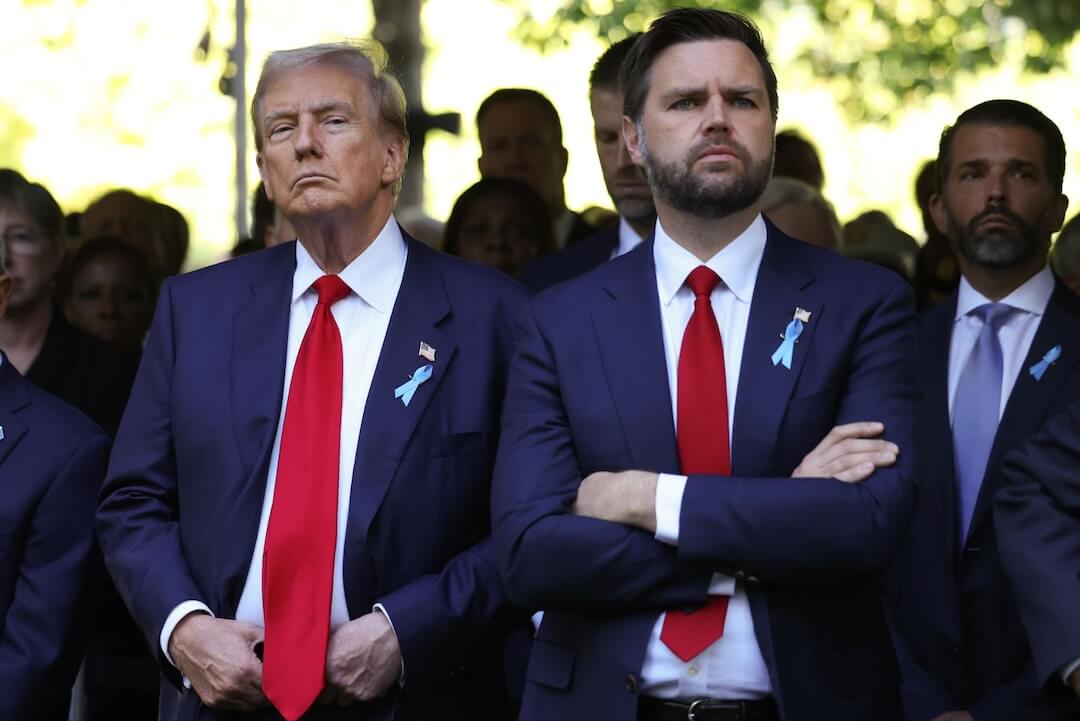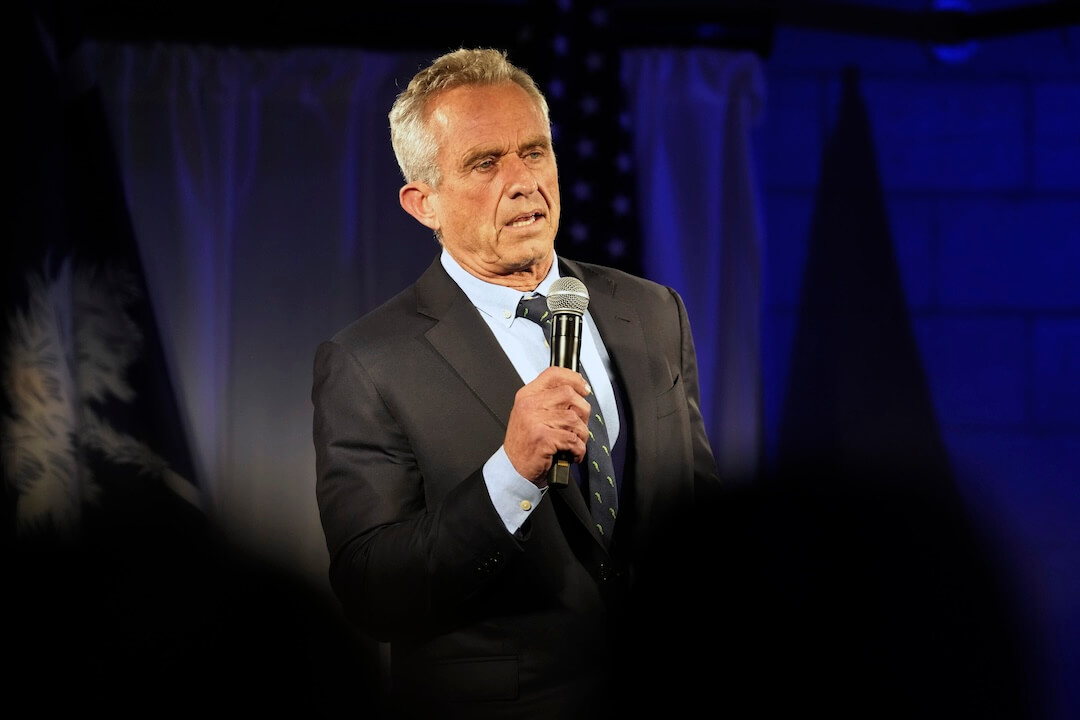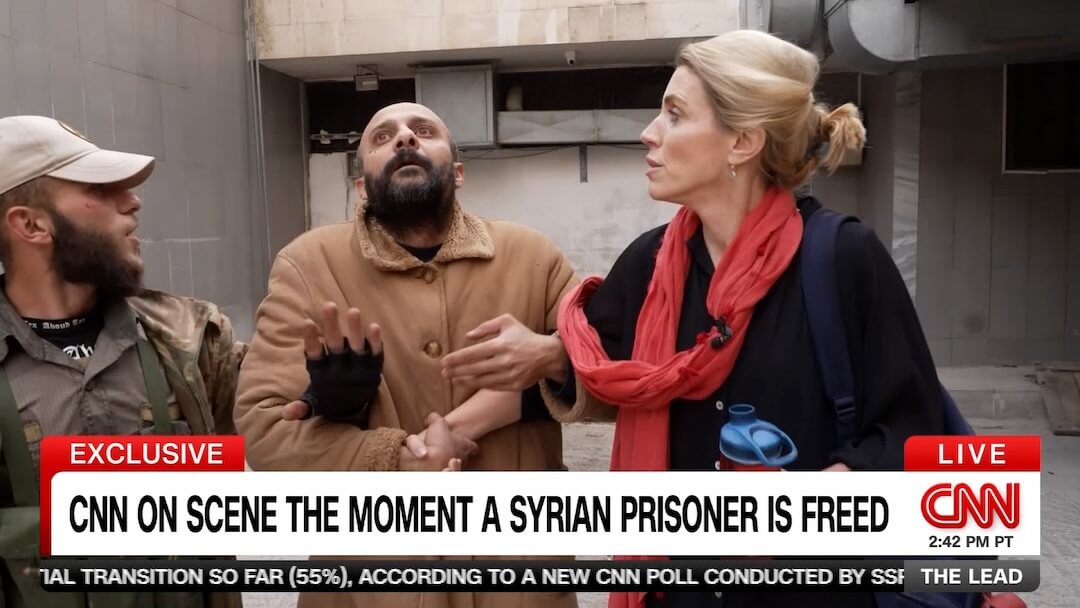Every time I take a spin through my Facebook or Twitter feeds, I’m reminded that there’s only one big story right now:
Trump, Trump, Trump.
For news organizations that wrestle with what coverage their community is most likely to consume, this is one of those rare moments when the mystery is solved.
Give ‘em Trump. Love him or loathe him, they can’t get enough.
But if the start of the new president’s administration is any indicator of what’s to come, your newsroom will need to pace itself. You need a plan that produces good stories now and even better ones in the months ahead. Specifically, your plan needs to do three things:
- Focus on coverage that your newsroom is uniquely positioned to provide.
- Anticipate a rapid and steady flow of news for months to come.
- Thoughtfully apply your staff and other resources to carrying out your plan over the long-term.
Let’s start with number one. For the vast majority of newsrooms out there, begin with this assumption:
Leave coverage of Trump to the national media. You cover Trump’s impact on your community.
Face it: People in your community will continue to turn to national media — CNN, Fox, The New York Times, the Wall Street Journal, Vox, NPR, AP, Drudge, etc., etc. — for the latest on the president. That leaves local digital, broadcast and print newsrooms with the opportunity to help the public understand — and if they care to, act upon — what Trump’s actions mean.
Moreover, what they mean in the context of your community.
It’s already begun. Over the past week, newsrooms large and small reacted to events with coverage of Trump’s executive orders and presidential memoranda. Reporters and editors, many having worked every day since the inauguration, provided news, reaction and analysis as Trump redefined the pace of presidential activity.
It quickly became apparent, however, that one consistent byproduct of executive-order-palooza was confusion. Refugees, green card holders, health insurance customers and government employees were among the many, many thousands of people asking how these new policies would actually affect them.
Those people, local newsrooms, are your opportunity.
Who are the people the new president’s agenda will affect? They are your neighbors. They live on your streets, go to your schools, worship in your churches, work in your shops. And it’s reasonable to expect that by the time the President attempts to address his more than 280 campaign promises, his agenda will affect many, many more — virtually everyone.
That suggests focusing your coverage tightly on your own backyard. Gather “expert” opinions on Trump’s impact, how his policies will affect your local economy, schools, environment and more.
But don’t stop there. Tell the stories of the people in your community who either will benefit from or be hurt by his policies. Such stories can produce something of real value to your community: a collective understanding, maybe even an empathy, that can help people participate meaningfully in their government.
Next, consider the second and third things your plan needs to address. These go together and involve your approach to getting the work done.
The first is becoming more and more obvious as the Trump presidency proceeds: This man is determined to make a lot of news. So your coverage plan needs to take a long view; it needs pacing that looks beyond the coverage you will do today, tomorrow and even next week, and address what you want to accomplish over time.
Talk with managers in newsrooms that have covered all-consuming local stories such as terror attacks or natural disasters and they will describe the point — hopefully, early in the coverage — when they needed to lift their attention from the intense, daily production and think about the weeks and months to come.
They talk about imagining how the story will evolve (trials, rebuilding efforts, emotional healing and recovery); and they also describe planning how to use their staff and other resources over the long term.
Make your plan ambitious and reasonable.
One way to be ambitious, of course, is to make this the story in your newsroom. To quote Cory Myers, News Director of the Argus Leader in Sioux Falls, this is an “all hands on deck” story. Cory called on his entire staff to produce a project this weekend that “takes the political pulse of South Dakota, two weeks into Trump’s presidency.”
Getting everyone involved can be done in a variety of ways. You can make adjustments in what people are already doing. You know Trump has taken positions on education, so shift your education reporter’s focus to the Trump story.
Take the same approach with other beats, like environment, law enforcement, local business. If you have a staff of generalists, it’s time to build some expertise. You won’t be able to do smart stories about people who lose their health care insurance if no one in the newsroom understands the difference between a deductible and a copay.
And most of all, make sure your plan is strategic.
What do I mean by that? Make sure your plan, whenever possible, has a short-term and a long-term payoff.
Take that reporter whom you assign to cover people who currently buy health insurance through the Affordable Care Act. Every story that reporter does can have a short- and long-term payoff. The short-term payoff is the story produced for today. The long-term payoff is the expertise that will allow that reporter to cover a more complicated and important story in three months.
Short-term and long-term payoffs. Design your plan to produce both.
Here are some ideas to include in such a plan.
Meet people, develop sources: No matter what stories you do, add the people you interview to your new source list. The experience of covering this last election taught many newsrooms that their source lists no longer adequately reflected the different components of their community.
Whether you’re interviewing a business person who employs undocumented immigrants, an EPA agent whose project’s future is in question or a local councilperson who is receiving an unprecedented number of constituent calls, add them to the source list.
The story you get for this week is your short-term payoff; the relationship you’re building for future stories is the long-term benefit. And one more suggestion: Enrich that source list by talking to people in places you’ve never been. Explore. This is a story that screams for journalists to get acquainted with new people, situations and ideas. There will definitely be a long-term payoff for doing that.
Build expertise: Make lists of Trump’s executive orders, presidential memoranda or campaign promises and identify areas where your newsroom has expertise. If you have someone who understands the green card process — even if he currently covers music — look for ways to involve that reporter in the immigration issue. If you lack an area of expertise — health insurance, tax codes, trade laws — look for stories that will expose a reporter to that issue and begin developing an expertise.
Each of these stories has the great benefit of having real impact on people. Think of the human dramas embedded in the issues before us: access to life-saving health care; tax laws that allow or discourage local business expansion; trade laws that affect employers and the people they employ.
On the day the immigration order is signed, your reporter will interview Iranian immigrants and tell a story about confusion and anger. Some months later, your reporter will interview the same immigrant after her thirty-fifth frustrating call to a government office, seeking to clarify her status.
That’s an even better story — one that you can get because your reporter’s expertise on immigration policy continues to deepen over time. Now you can tell the story of how an evolving policy changed a life. Short-term and long-term payoff.
One more thought: Don’t be intimidated by the complexity of the issue. Don’t assume you’re too busy to learn about it. Just do one story at a time, and each time, learn something new. Before too long, you’ll be surprised at how much you know. And your community will benefit because your organization — unlike many others — doesn’t hurt people’s understanding of issues by oversimplifying them.
Discover pockets of new activism: Everywhere, stories are emerging of people getting involved in public life because of events in Washington. Find people who are marching for the first time, volunteering to make phone calls, attending their first local government meetings.
These are people with whose support movements begin, and you want to know them from the start. Once again, you can interview them now about what they’re doing and why. Good story. But stay with them. Better stories await as the months pass. Do a lot of listening — more listening than talking. Watch them evolve, growing more militant, growing more tolerant.
Look for changes that help explain their motivation, decisions that point to their objectives, moments that betray their frustrations. The story of a more activist America, if it continues to develop, will play out in your community. Telling it well will require an investment of time spent watching and listening. Ask good questions, too. But do a lot of just-hanging-around for the long-term payoff.
Watch for changes in local government: The early days of the Trump administration have demonstrated the president’s belief that if he wants something done, he can just do it — regardless of precedent or process or any other bureaucratic system. Depending on his success, it’s hard to believe local governments won’t test their ability to take the same approach. (Some already try to operate that way, right?)
If it starts to happen in your community, you want to notice. You want to know the applicable statutes that apply or have sources who can brief you on them quickly. How will you know what to look for? Every governing official eventually expresses frustration with the system they must navigate in order to pursue their agenda.
Take special note of the frustrations they most often express. Watch and listen for any indication that they might change tactics for dealing with a particular issue. It might be an increase in closed-door meetings. It might be a shift toward working issues through administrative channels instead of through legislative ones.
The other change worth watching for is political. Just as a large number of Congressmen who criticized Trump during the election are supporting his policies, so too do local politicians have choices to make. Their choices make for good stories now. But they also will help you explain the way your local elections unfold in the months and years to come.
Cover your Congressman: It stands to reason that a more activist citizenry will lead to greater scrutiny of the officials your community sends to Washington. So you want to be able to give your community as much information as you can on how your local members of Congress vote, especially on the issues that most affect your area.
But your congressional delegation is not the only Washington connection you need to understand and report on. Several of the president’s actions in the past two weeks made it clear he believes federal funding should be pulled from governments and organizations that don’t support his policies.
He specifically targeted cities that protect undocumented immigrants and at least one university where protesters became violent. You need to know what the federal government funds in your community. Once you have such a comprehensive list, you could tell a story that probably would surprise a lot of people in your audience. But perhaps more importantly, you’d be in a position to anticipate funding that could be at stake if your community ever finds itself at odds with the president.
In addition to funding, how many federal workers are in your community? The president has made it clear he wants to reduce the number of federal workers — at least outside the military.
There are significant federal connections — some we call Congressional and some we call bureaucratic — between your community and Washington, D.C. This is the time to learn about all of them.
Understand your local economy: Much of the Trump campaign focused on the state of local economies throughout the country and the impact that federal policies had on them.
The president already has acted on trade treaties. He promises to act on the tax code. His actions involving Mexico are expected to have economic repercussions. His actions on immigration are expected to affect local employers. Obviously, you’re going to need to understand as much about what makes your local economy work as you can.
This is a chance to get beyond the obvious: Businesses that no longer exist and the resulting lack of jobs; growth of service industries, etc. You can examine some of the forces that are shaping your community’s business outlook and the lives of its workers.
What businesses are quietly growing? Where are the hard-to-fill jobs? Does your local transportation system make it easy for potential workers to reach the available jobs? How are the educational and business communities working together to prepare potential workers for the jobs that are most likely to be available? And if you are in a community that has lost manufacturing jobs, what happened to the people who filled them? What are they doing?
This again is an opportunity to use a story now — a profile of the local business community — in order to report insightfully later on the efforts of the president to improve your local economy. No matter how his efforts turn out, you’ll be armed to do a very important story.
Most of all, follow the conversation: Your community is having an unprecedented discussion with itself right now that could continue for months, if not years.
It’s taking place in bars, outside churches, along soccer fields and in workplace cafeterias. Make sure your newsroom is in a position to hear that conversation. Don’t settle for the one taking place among the professionals — the pols and other “experts” newsrooms traditionally turn to learn “what’s happening.”
Make sure you’re hearing real people talk about what matters to them. Some of their talk will be ugly: racist, misogynistic, Islamophobic. Some will be heartrending: stories of a child’s achievements, stories of a spouse’s layoff; stories of illnesses and healing.
Only when we hear people talking with each other about the situations and issues they care most about — the areas of their lives that move them emotionally — can we begin to understand why people make the choices they make. Surveys just don’t cut it. We have to hear the conversation.
And we have to hear it over time. Not just during the first 100 days.
Make a plan for telling this story. It’s the only one in your town. And only your newsroom can tell it.







